Buying a PC case is a bit of a tricky process. Your heart may tell you to go for the shiniest, RGB-filled monster of a case, or you might be on the other end of that spectrum and just want a dark box that doesn’t stand out like a sore thumb. No matter the aesthetic, you’re not wrong — it’s just that there are many more things to consider, too.
Things like form factor, cooling, and special features all play a part when you’re picking the best PC case for your build. In this guide, we’ll go over everything you need to know to make the right choice.
Things to check before buying
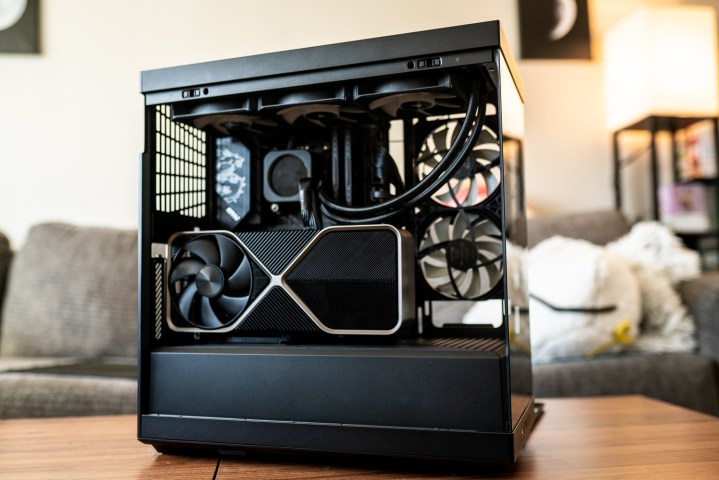
The whole process of building a new PC often starts with the CPU and the GPU. No wonder — those two components have the biggest impact on the performance of your computer. You’ll follow that up with a motherboard, and then delve into picking coolers, SSDs, the power supply … and at the very end, you’ll start eyeing a PC case that fits your budget and your style.
There’s nothing wrong with following that order when you assemble your next PC build, but it’s important to remember that looks aren’t everything, especially in a PC case. You might be surprised to find out how much can go wrong when you try to fit certain components without doing the math beforehand.
The most important question to ask yourself before you pick out a case is whether the motherboard is going to fit inside it. This means deciding on a form factor, be it E-ATX, ATX, microATX, or mini-ITX. Even if the case supports the type of motherboard you want to buy, double-check the exact measurements to not run into trouble.
You’ll also need to be mindful of the size of your other components. This includes the graphics card, the CPU fan, and the water-cooling solution if that’s what you’re going for. Even the power supply can cause some trouble if you pick out a massive model and try to squeeze it into a tiny case.
Below, we’ll go into greater detail about all the things you need to know before you shop.
Form factor
Whether you start with picking the case and then pick out a motherboard that fits it or vice versa, the form factor is going to be your main point of consideration. Do you need a full tower, a mid-tower, or a mini-ITX? How does that match up against some of the most popular motherboards? Let’s take a closer look.
Full tower
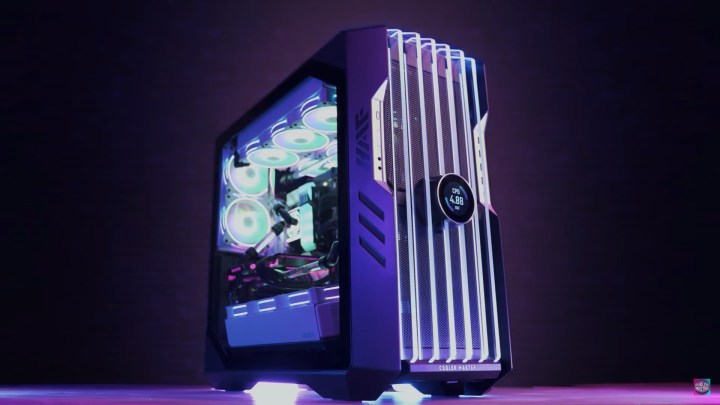
A full tower is the largest type of case, and when we say large, we truly do mean massive. Many of these cases are over 20 inches tall and can weigh between 30 and 60 pounds, and that’s without the components. Once you commit to a full tower, you better have a lot of space on (or around) your desk.
These cases are some of the best ones out there, though. They’re roomy enough to fit graphics cards like the RTX 4090 with their demanding power connectors, as well as a custom loop cooling system. Most commonly, a full tower will be able to accommodate even the largest E-ATX motherboards, although again, make sure to check before you actually buy one. Fitting an ATX board inside one of these is pretty much a given, though.
We recommend using these types of cases for high-end enthusiast builds due to the ability to install 360mm radiators and extra fans. There’ll also be space for more expansion slots. With that said, most people are going to be just fine with a mid-tower, and that’s the most common case size.
Mid-tower
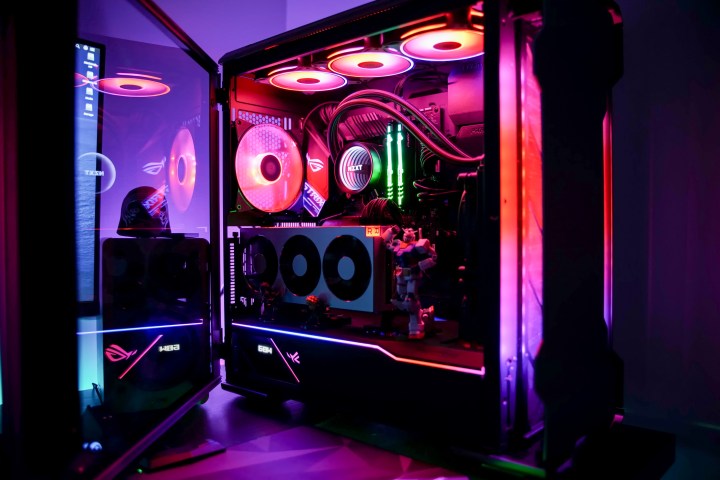
You won’t be surprised to hear that a mid-tower PC is essentially the same thing as a full tower, just scaled down. Most of them are a little under 20 inches tall, but they’re still sizeable cases that will fit an ATX motherboard. Certain models can even accommodate an E-ATX, but of course, it all depends on the case.
While smaller, a mid-tower is typically still large enough to install most closed loop (also known as All-In-One, or AIO) coolers. You’ll also see plenty of room for various storage drives and even multi-GPU setups, although that’s not really a thing anymore.
Mini-ITX

As the name itself suggests, these small cases were designed to fit mini-ITX motherboards. They’re great if you’re building a small form factor PC — something like your own version of Intel’s NUC.
These cases are great if you want something portable and unobtrusive, but you might run into problems with thermals if you load them up with some of the latest hardware.
Needless to say, not everything will even fit inside such a case; forget water cooling, and be careful when shopping for a CPU fan. Pay extra attention to the size of the motherboard and the graphics card, complete with all the cables, as bigger cards like the RTX 4090 or RTX 4080 take up to four slots, which makes buying a motherboard and matching case a lot more difficult.
Cooling
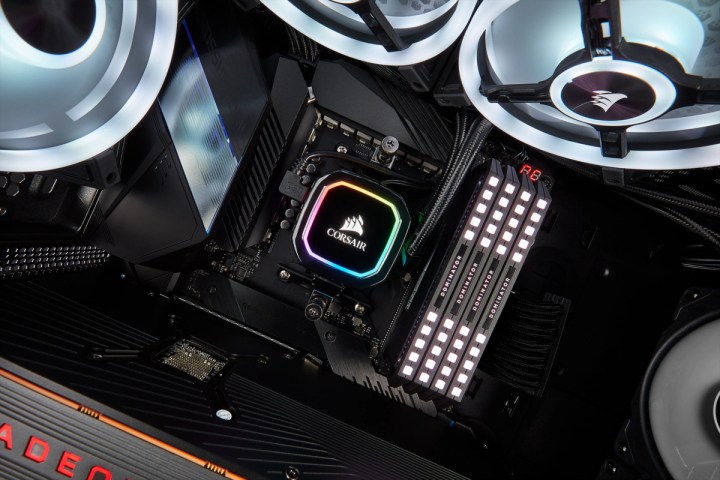
Thermals play a key role in the overall performance of your computer, and keeping all your components nice and cool can be a bit of a project. You can tackle it from many angles, and each one of those angles depends on your PC case in one way or another.
For one, you have your traditional CPU fan, and that’s one thing you need to check the measurements for before you shop. Certain coolers won’t fit every case, and as you move down to smaller form factors, you’ll need to be more and more careful with this particular component.
Next comes water cooling in its various iterations. Custom loop cooling is a no-go for many cases, although it will fit in some mid-towers and most, if not all, full towers.
AIO coolers will fit inside mid-towers, but the radiator size may pose a problem, so when you shop, make sure to verify whether your case of choice can work with that specific radiator size. Many mid-towers can only support radiators no larger than 240mm, although you will find models that are fine with up to 360mm.
Next, the case may come with some fans of its own, and it’s never a bad idea to have a few extra. Just how many you’re looking at here usually depends on the size of the case, but equally, the price plays a part here too.
Most cases will have at least one fan at the rear, but it’s optimal if you have at least two in total. Newer cases offer up to four fans, but that’s usually at the cost of the 5.25-inch storage/optical drive bay at the front of the case. The good news is that even if you buy a budget case with only one fan, it might come with extra mounts that you can add fans to down the line; those are usually cheap.
Drive bays
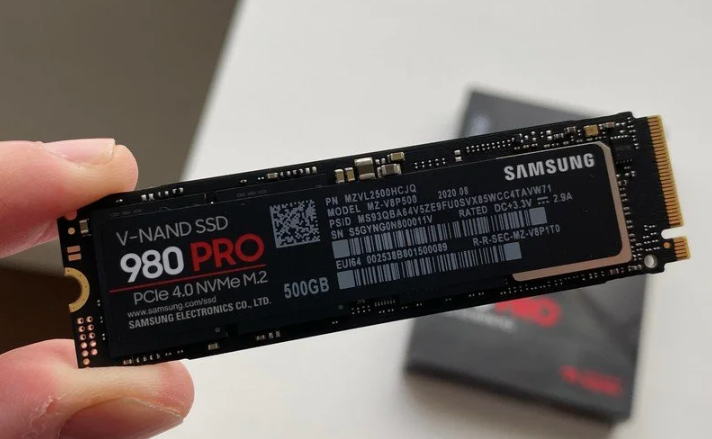
These days, many people gravitate toward the slim NVMe SSDs, which makes drive bays in a PC case a lot less important than they used to be. However, you might still be using a SATA HDD or SSD, and that means they’ll need some storage bays to go into.
Most cases will have enough 2.5-inch and 3.5-inch slots to work for regular consumers, but if you’re someone who needs a lot of storage, this is something to consider. Your case might also have mounting points for SSDs on the back of the motherboard tray.
More importantly, think about the 5.25-inch bay at the front of the case. Just 10 years ago, pretty much every case had it; these days, many cases don’t, just like laptops no longer come with a DVD drive. The reason is simple — this is where the optical drive used to sit, and since most builds now don’t include one, case designers leave it out. If a case has those fancy RGB fans all over the front panel, it most likely doesn’t support adding an optical drive at the front.
Connectivity

While all the I/O ports at the back of your computer are part of the motherboard, the connectivity at the front is usually guided by the PC case. Depending on the style of your case, you may or may not have plenty of ports at the front. This includes things like USB and USB-C ports, an audio jack, and card readers. The power button is usually somewhere around here too, and occasionally, RGB controls.
It’s nice to pick out cases with plenty of USB ports, but don’t worry too much if your case doesn’t have an audio jack. It’s always better to plug your headset into the motherboard instead, meaning at the back of the case.
Cable management

Depending on your case, managing the numerous cables involved in building a PC can be easier or harder to do.
Proper cable management can improve the airflow within your case. Plus, if you pick a model with a tempered glass side panel — which is pretty common these days — cable management becomes even more important, because having all those different cables in the way and covering up your components just isn’t nice.
Cable management is why it’s good to read the small print when buying a case, as the manufacturer may sometimes tell you what to expect in that regard. Some cases have cut-outs in the motherboard tray, and those are great for keeping it tidy and routing all the cabling through the back.
You may also encounter cheaper cases with holes punched in the motherboard tray, but more expensive options may not just route your cables through the rear, but also include handy tie-off points.
Style and RGB lighting
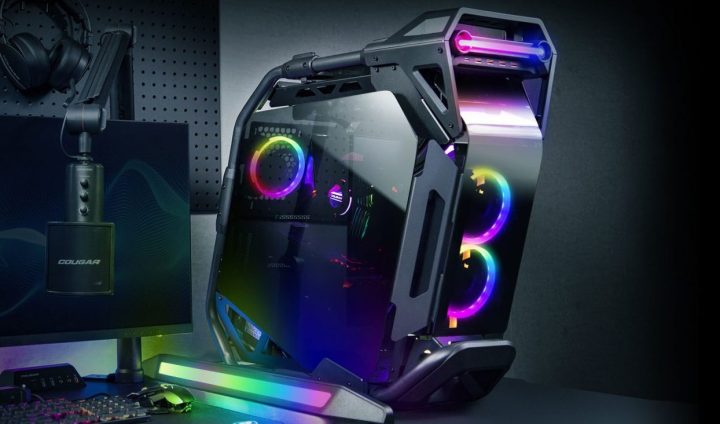
No surprise here — it’s important to pick a PC case you actually like the look of. You can just start here and then look for components that suit a particular case, too. One way or another, style plays a huge part in shopping for a case, as it’ll likely take up space in your room for many years.
Gone are the days when PC cases were just simple boxes. These days, it’s all RGB galore, with individual components being equipped with configurable lighting, and then the cases themselves often feature RGB fans, too. You can even add RGB bars to the case to light it up from the inside.
Cases are most often either black or white, but you’ll also see other colors on occasion, such as this crazy yellow . Many cases let you peek inside and look at the components through a glass side panel.
Outside of tiny cube PCs, the shape of your case won’t matter as much as the amount of space you still have left over after installing everything and the number of fans that continuously keep the inside of your PC cool. However, keep in mind that weirdly-shaped cases may have subpar airflow, so read some reviews before actually buying one of those.
Picking the right PC case for your budget

We’ve gone over most of the important points to be mindful of when you shop, but it can be hard to know what fits and doesn’t fit within certain budgets.
A PC case can cost you anything from $50 to $500, and it’s one of those parts (if it can be called that) that are easy to try to save money on. After all, if it fits, it works.
You can pair the expensive Intel Core i9-13900K with a budget PC case and it’ll be fine, but it’s usually better to go for something better if your components are all enthusiast-grade. It’s all about the airflow and cable management, both of which will be better inside a roomier case with extra fans.
Below, we’ll show you some cases that are worth considering at each price point. Keep in mind that we also have a dedicated guide that takes you through all of the best PC cases, so make sure to check it out.
Under $100
In the up to $100 range, you’ll usually find mid-tower cases that are suitable for ATX, micro-ATX, and mini-ITX motherboards. There are some options for small form factor PCs, such as this tiny , but mostly, it’s all standard cases for your regular use.
Some of these cheaper cases look a lot more high-end than they really are, and that’s all thanks to the rise of the RGB aesthetic. You can slap a few cheap fans inside a budget case and it’ll look a lot more gamer-friendly.
However, keep in mind that the fans usually only feature a single speed and may not be as powerful as they look at first glance. The build quality might also be worse than in more expensive models.
With that said, there are plenty of decent options to consider. The is a popular choice coming in at just under $100. If you don’t mind a plain black design, this case is also a decent option here. Fractal Design’s Focus 2 comes with fancy RGB and costs just , so while it has just two fans, it’s pretty much a steal.
Over $100
Opening up the budget a little bit more gets you a better case, but also a generally much wider selection. There are a lot of worthwhile models that break the $100 limit by a bit, but not by much, and if your budget can stretch to it, it’s usually a good call.
The Lian Li LanCool II is a super popular choice among RGB lovers, and it usually costs around . It only has three ARGB 120mm fans at the front, however, so you’ll need to buy an extra fan to install at the rear for optimal airflow. On the upside, it has lighting and color controls at the front, so you don’t need to dig deep to optimize the aesthetic.
On the other end of the spectrum is the Corsair iCUE, which is a mid-tower ATX PC case that costs a pretty penny — just over . The cooling in this case is superb, it’s easy on the eyes, and it has some nice cable management options. Still, at that price, we don’t recommend buying it outside of high-end builds.
Speaking of high-end, if you’re buying a full tower case, Corsair also has the iCUE 7000X at . However, there are cheaper options, like the , which do the job just as well.
If the budget is of no concern and you need to fit an E-ATX mobo, the Cooler Master is insanely expensive, but also solid enough to warrant the expense.
Don’t forget to do the math
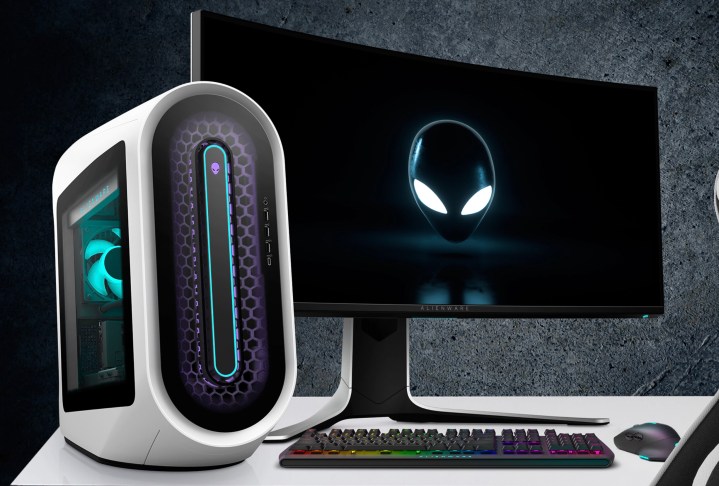
Ultimately, the PC case that you pick is of lesser consequence than the GPU, CPU, and even the motherboard. However, don’t let your PC case be an afterthought. Try your best to pick a case that fits not just your particular taste, but also the purpose and the overall cost of your build.
All size considerations aside, it’s usually better to put high-end components inside high-end cases that can keep the temperatures at bay a little better. Even a powerful processor or graphics card will struggle if you just barely manage to stuff them inside a small case and leave them to fend for themselves with limited cooling. Throttling, overheating, and even serious crashes may happen at that point.
Of course, there’s also the other side of the coin, which is that you don’t need to overpay for your case. You will often end up paying more for bigger brands, and the more gamer-like the case looks, the more expensive it’s going to be. If you’re on a tight budget, then let the size and the cooling be your two main guides. There are nice-looking cases at every price point, and sometimes, you just need to dig a little deeper.



